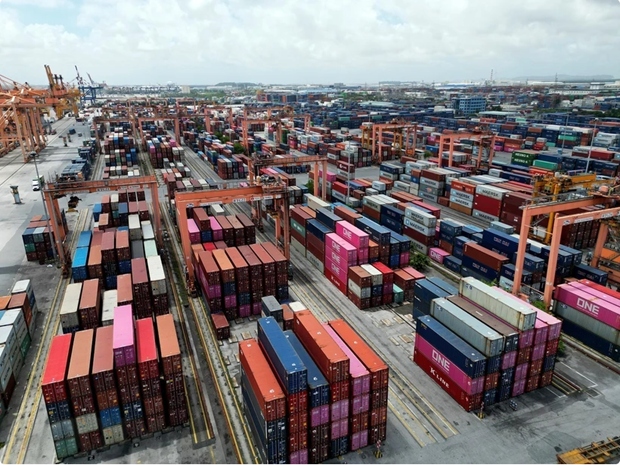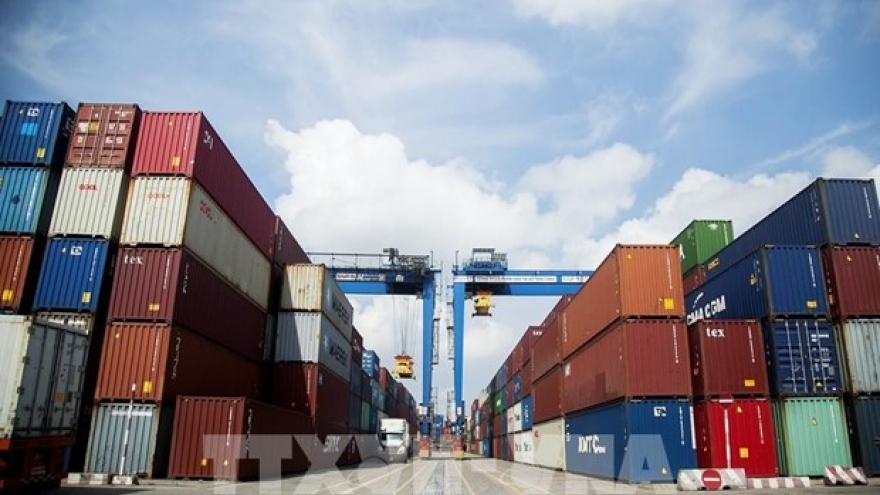Seaport, logistics sector expected to navigate headwinds this year
Rosy signs in exports-imports, rising shipping fees, and new regulations on seaport services charges are believed to steer Vietnam's seaport and logistics sector through headwinds this year.
SSI Securities Corporation said improvements in import and export demand, especially through inventory replenishment in the US and Europe, as well as the supply, expected to remain stable until 2025, will help seaport firms recover their yields.
It elaborated that US retailers will restock after reducing inventories over the past one and a half years. Besides, the US Federal Reserve (Fed)’s further interest rate cuts will support consumer spending and manufacturing.
Meanwhile, seaport capacity will not change much until 2025 when a number of large deep-water ports come into operation, including four container terminals of Lach Huyen Port, and Nam Dinh Vu 3 Port, both in the northern city of Hai Phong, and Gemalink 2A Port in Ba Ria-Vung Tau province in the south, with a combined capacity of 3.3 million TEUs, or 12% of container throughput through Vietnam's ports last year.
The current geopolitical tensions worldwide may also push up container freight rates this year, the firm added.
Touching upon the Ministry of Transport (MoT)’s Circular No. 39/2023/TT-BGTVT on seaport services fees, which started to come into force on February 15, 2024, the SSI said it had been anticipated by insiders as the ceiling price of container handling services rise about 10% for both transshipment and deep-water ports as compared to that stipulated in Circular 54/2018/TT-BGTVT.
The document serves as a foundation for seaport businesses to negotiate with shipping lines to increase handling services fees, said Ho Chi Minh City Securities Corporation (HSC).
In fact, operation results of seaport enterprises were quite good last year when the volume of goods through seaports grew by 5%, with the best performers in the central and southern regions.
For the logistics segment, experts said although most of the firms suffered a decline in revenues last year, it can record a recovery in output thanks to increased production activities, helping ease the pressure on average freight rates.



